|
When I left for Cyprus, I really had no idea what I was getting into or what the body of work would look like. I had vague ideas of the human fingerprint upon the landscape and the distance between the contemporary and ancient records made upon/within the landscape.
When I got there, I began looking for how we were marking the land in search for the historical marks. And with this perspective, several shots became especially poignant. This one in particular conveys those ideas. Here the literal footprints imprinted upon the landscape divide two forms of trash: one contemorary, one ancient. Both offer some sort of record of human presence illustrated by the ephemerality of the footprints in the dirt. Here the two worlds become condensed into one shot. What is striking to me about this, is how these ideas pass over into the theory of history, hermeneutics and beyond. Here we can see, literally see, our impact upon our studies. We cannot ignore our our own presence, presumptions, pe within our research. The photo embodies my hopes for the overall residency, with a touch of humor as well.
0 Comments
The famed photographer Henri Cartier-Bresson spoke of the "decisive moment" saying, "There is a creative fraction of a second when you are taking a picture. Your eye must see a composition or an expression that life itself offers you, and you must know with intuition when to click the camera. That is the moment the photographer is creative," he said. "Oop! The Moment! Once you miss it, it is gone forever." I have missed hundreds of shots because of this fleeting nature of movement of people, objects, light and any other number of variables. I have also just left the scene of a potential photograph wishing later that I had just shot it. This is one of those photos that I am so glad that I shot.
The cars are essential aspects of the project for getting groceries to hauling the team back and forth to the site, and general travel around the island visiting other sites. They take a beating and need a good cleaning when we are done. But there is something beyond the necessity of the cars that endears this photograph to me. I suppose it is the humor of it...something reminiscent of Elliot Erwitt perhaps. What are the odds that these cars would stop, equal distances among them, and be left on the site with the hatch wide open? It is perhaps the decisive moment in the reco One of the most striking things to me about this space was the ancient debris littering the surface. It would likely be surprising for North Americans, let alone Iowan's like myself, to find a single piece of an ancient amphora handle in their field. So the sheer volume of pottery shards scattered over the surface was astounding to me. On one of my first trips out to site, my head still floating somewhere over the Atlantic, I sat down in the heat of the afternoon and just began to collect the pieces within an arms reach of where I sat and photographed them. I did this several times finding both fine and coarse ware that had worked itself up to the surface from time, erosion and with the farmers help. I surprised by the density objects on the surface, their diversity, and the very fact that I could pick up these ancient pieces of pottery.
The image above is one of two composites like this that were a part of the show. My hope with these images was to record my first engagements with the ubiquitous debris at this site in a non-scientific or archaeological sense. Instead to suggest the wonder in a Iowa farmers son at the geographic and temporal distance between the hands that made these objects and my own now holding them. One of the things about being a photographer is that you rarely get your photo taken. While photographers may produce a significant record and documentation by virtue of their presence, they are not often explicitly imaged. Occasionally the amateur photographer will accidentally capture his or her shadow or reflection in a window, but these are largely unintended. However with this photo, which is one of my favorites from the series, purposefully includes my shadow at the center of the image. In doing so, I am attempting to take a reflexive stance that acknowledges the subjectivity of the photographic enterprise, which becomes a sort of analog to the presence of the archaeologist in the field.
Beyond the conceptual aspects, I love how the shadow breaks the image in half, while the two tire tracks of the road lead off to the right, that angle is in some ways mirrored by the dual poles of the fallen sign jutting off to the left with both the road and one of the poles terminating at the horizon. Back in high school, my advanced photography class went on a field trip from Orange City, Iowa down to Omaha, NE for a long day of photography. En route to Omaha, we pulled over at a rest stop/junk yard of sorts as it seemed like an interesting place to photograph. I found this old car from the 50's and spent a good deal of time photographing it inside and out. I happened to notice the little St. Christopher pin (above) tacked to the visor. Now when no one was around I snagged it and tossed it into my camera bag where it stayed for about 10 years before it was moved into another camera bag. Last year, it made its way out of the camera bag and onto my desk where it has sat until this weekend when we decided it was time to clean up the office.
I grew up not knowing much about saints and such objects. It was quite a while after I had nicked this little pin that I found out what St. Christopher was really known as the patron saint of travelers. So when we were in Cyprus in 2009, we were sitting at this great little restaurant called Kalifatzia's and noticed the sign across the way. Today, in continuing with the process of uploading my work to this new website, I finally got around to tackling the PKAP AIR series that I named Topos/Chora. It is hard to believe that the residency was over 2 years ago already. And over those years I have created a great number of other series, to the point that past work is quickly left behind under the demands of the MFA program. So it was a joy to pull out the images again and look at them as old friends that I've not seen in a while.
Today in viewing them in my home office on the third floor of our apartment building, I look out upon two gloriously green trees (one within feet of my window) and I am struck by the contrast of these greens to the ubiquitous browns of the images. Often the only islands of color in the images are the buckets or clothing, and even that is scarce when the the khaki team t-shirts are paired with khaki pants. But even this still suggests my overall conceptual goal of the project as a reflexive perspective of humanity in the landscape. Over the next few weeks I hope to spend a little time with these images again, and share some thoughts about my favorites. |
Ryan StanderArchives
January 2018
Categories
All
|
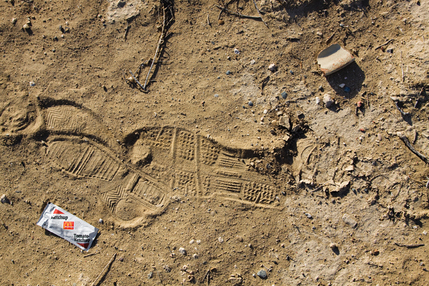
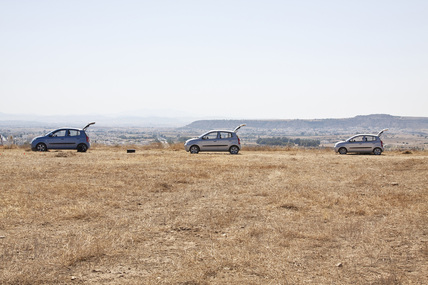
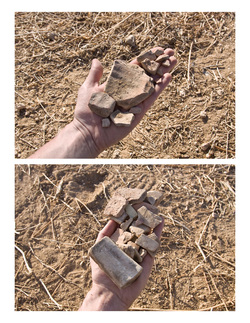
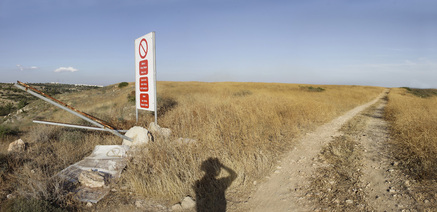
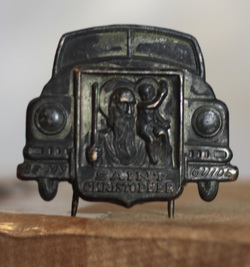
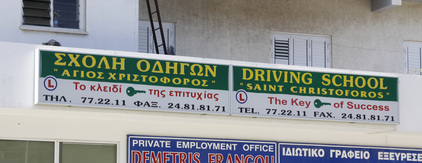
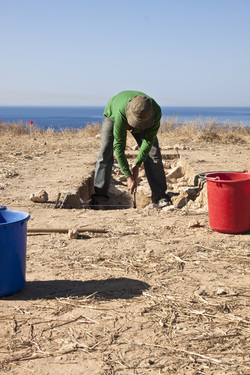

 RSS Feed
RSS Feed
